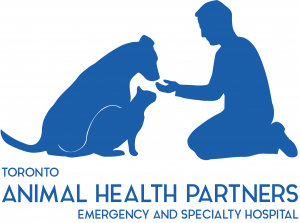LETTER FROM THE VET
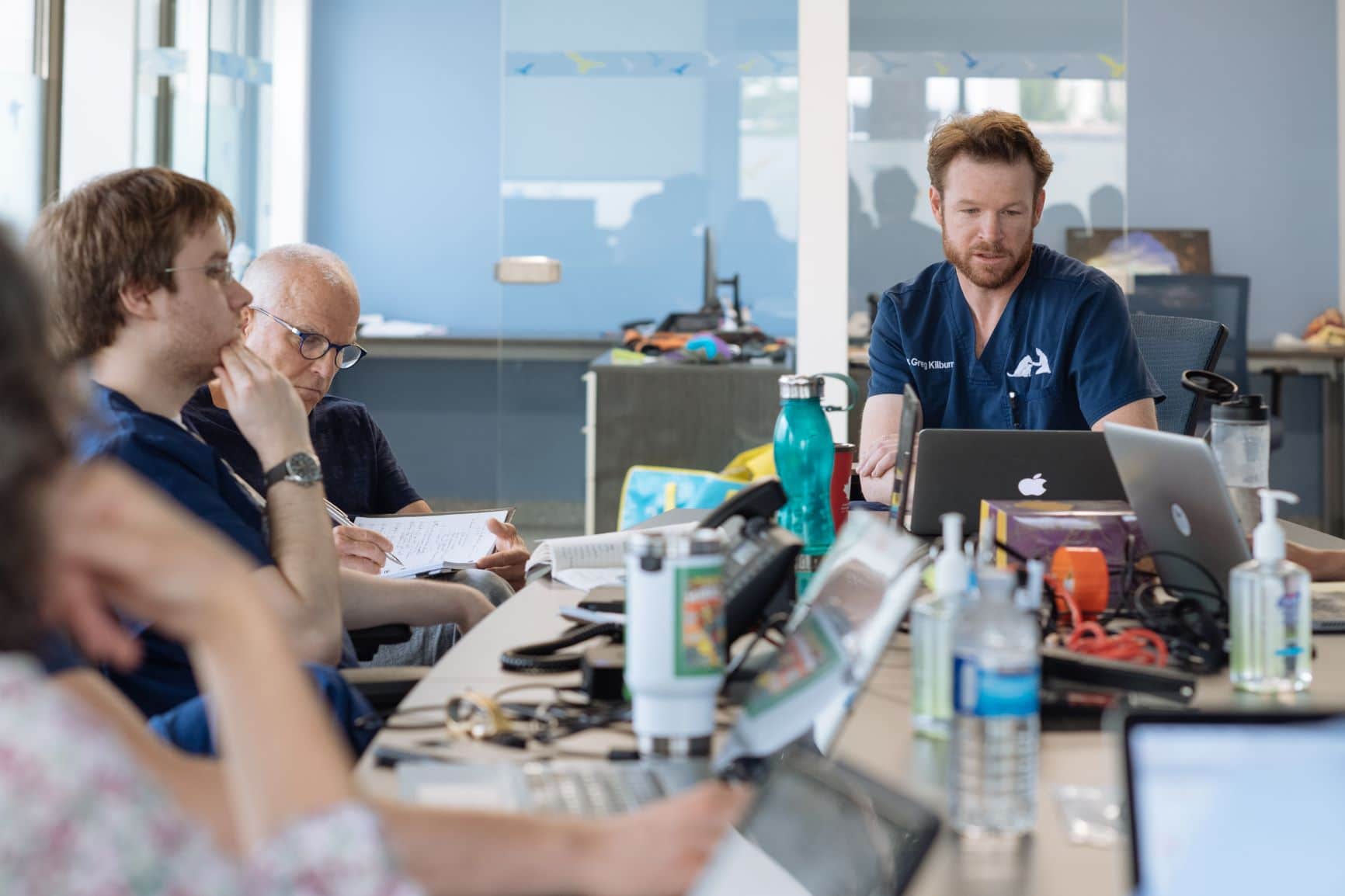

After more than 20 years of working in emergency medicine – it is still possibly the most frequently asked question: “Should I bring him in?”. With this in mind let’s simplify things into 6 basic categories of things that should make you answer – Yes to that question without a veterinarian having to guide you.
Trauma
Trauma comes in many forms. Falls from heights (cats on balconies), being hit by a car, wounds from animal to animal encounters or impalement on an object are all rather obvious. Sometimes the sustained trauma is obvious, but it is often not evident on the outside and can take hours or even months to be detected. Take the case of the dog that was hit by a car months prior. The owner witnessed her beagle get hit but because she got right up, was walking normally and there was no blood, the owner did not seek veterinary attention. Months later she rapidly developed an increased respiratory rate and could not settle. On this visit to the veterinarian, she was diagnosed with a diaphragmatic hernia. This necessitated an emergency surgery. Had she been seen originally the owner may have avoided the additional stress, costs and illness to the dog as this injury was likely due to the blunt force trauma that was sustained months earlier.
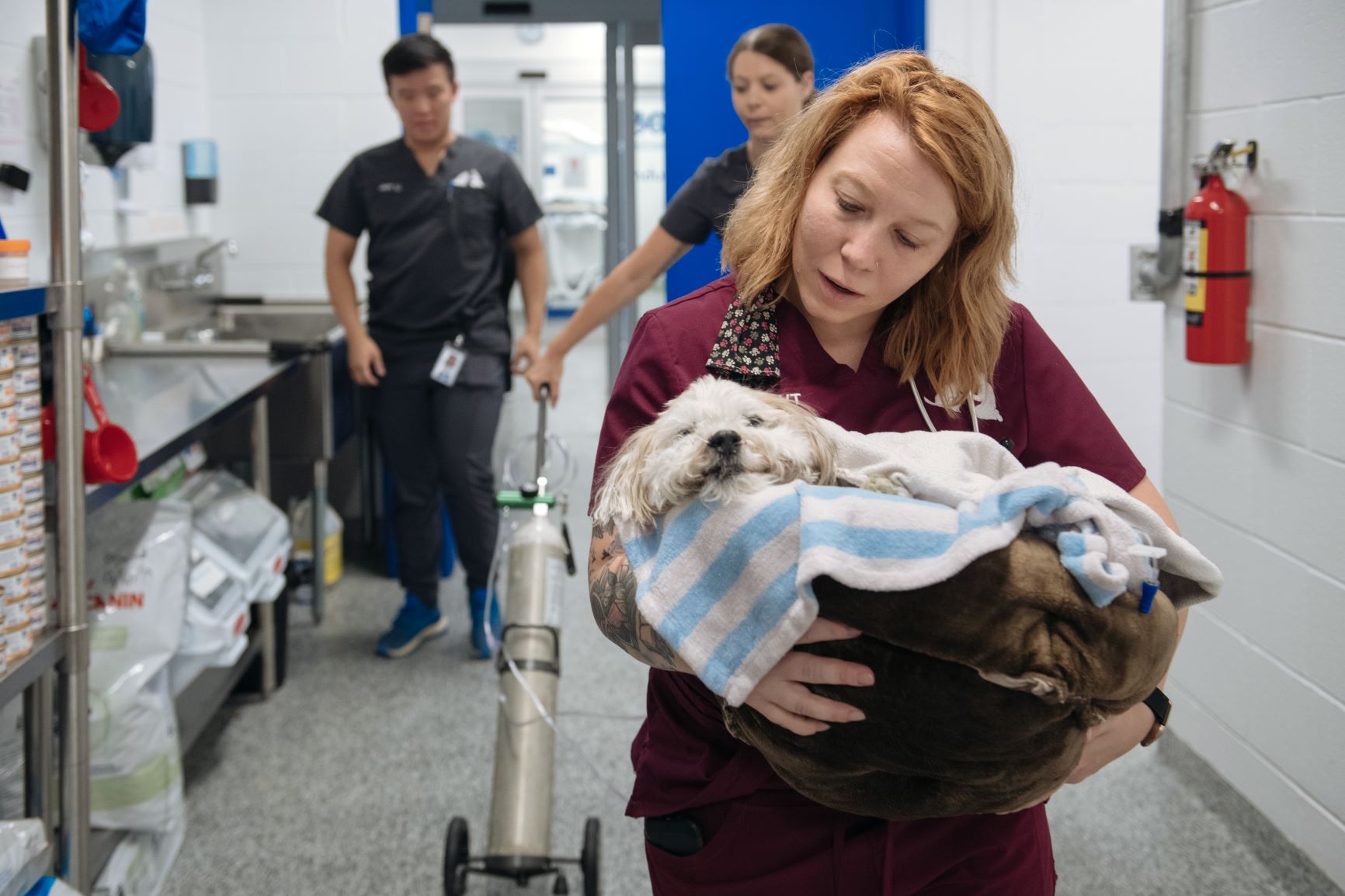
Gait Changes
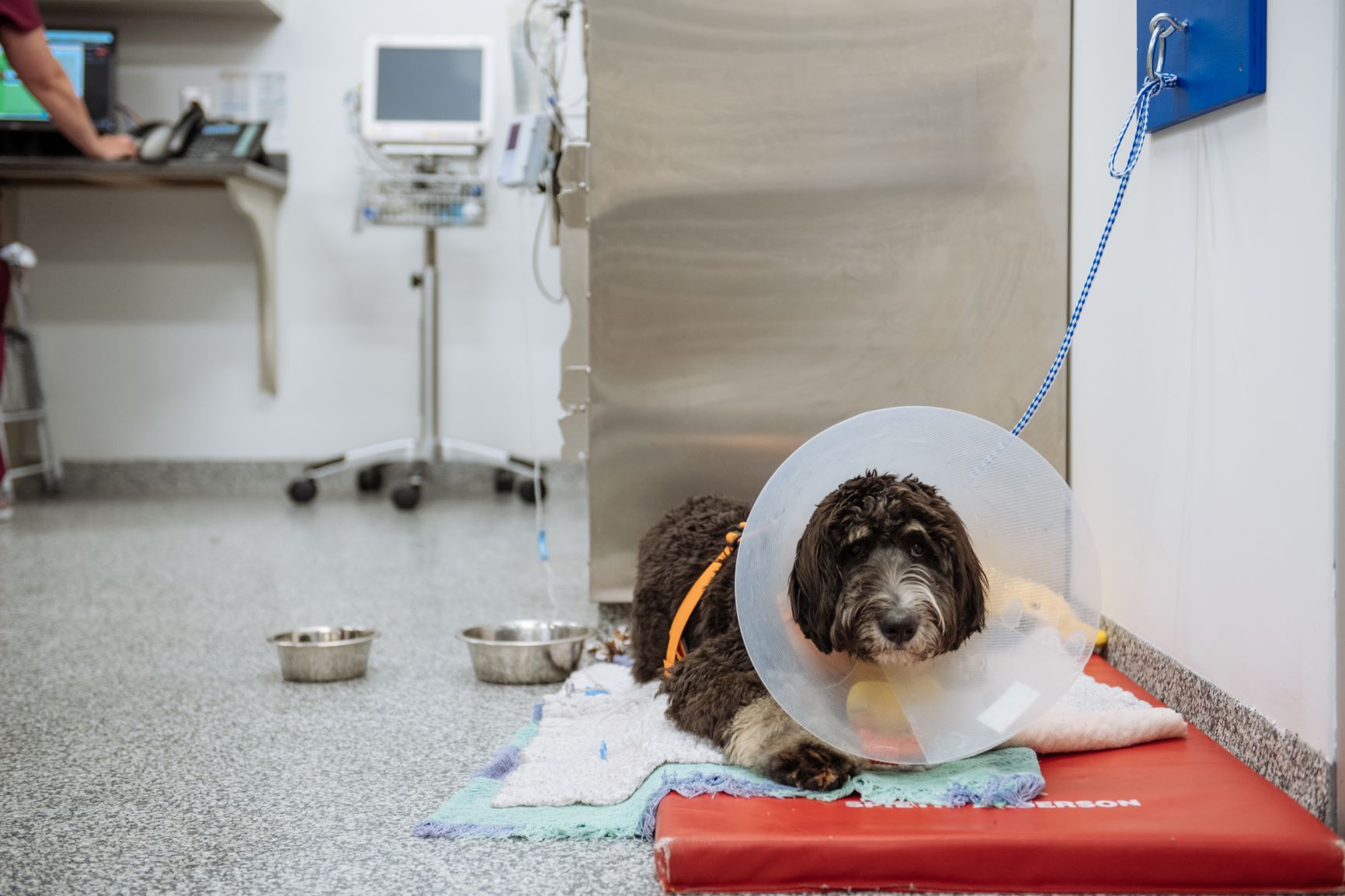
A change in the way your pet moves can be an indicator of orthopaedic disease or neurological disease and is often accompanied by pain. Most owners can easily detect a limp but reluctance to get on or off furniture and not willing or able to go up or down stairs can also be an indication of a problem. More subtle changes can be scuffing the nails or wearing down nails on one paw or only some of the nails (outside or inside) on more than one paw. Slow changes like wearing on the nails or slow changes in mobility do not require emergency treatment but sudden changes or obvious signs of pain such as crying out or not able to rise should be seen as soon as possible. Our pets cannot may not be able to communicate the level of pain they are experiencing and it is heartbreaking to speak with an owner that describes how much better their pet is once they have proper analgesia. Nobody should be in pain.
Respiratory Changes
It is the first two items in our ABCs of first aid – airway and breathing and should always be considered an emergency. Our pets ability to breath is paramount not only to sustain life but also for comfort. Symptoms of respiratory distress can include coughing, rapid breathing, noisy breathing, and exaggerated movements of the chest or abdomen. Sometimes all that owners will notice is that their pet cannot seem to settle and does not seem to be able to lay down or rest. I am often requested to ensure that a pet is not in pain but suffocating cannot be any less distressing. The average pet will breath approximately 40 breaths per minute or less when at rest. This count is attained but counting each time the chest rises or falls (pick only one) for 60 seconds. If you are noticing that your pet has an increased respiratory rate at rest – this is an emergency.
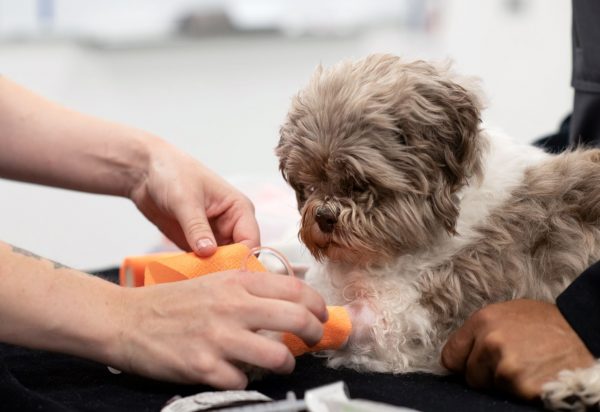
Ins and Outs
A big and widely encompassing category here but if there are sudden or prolonged changes to “ins” (food, water) or “outs” (urine, bowel movements) or abnormal ins (toxins, non-food substances such as toys,clothing or other foreign materials) or abnormal outs (diarrhea, bleeding, vaginal discharge, preputial discharge, eye discharge or nasal discharge) a trip to the veterinarian in in order. Remember that sometimes it is the absence of ins and outs too. Refusal to eat, straining to have a bowel movement or a lack of urination can also be emergencies. Cats are often thought to be constipated when witnessed straining in the litter pan but more commonly it is a urinary tract obstruction and this can be a fatal disease of not treated early.
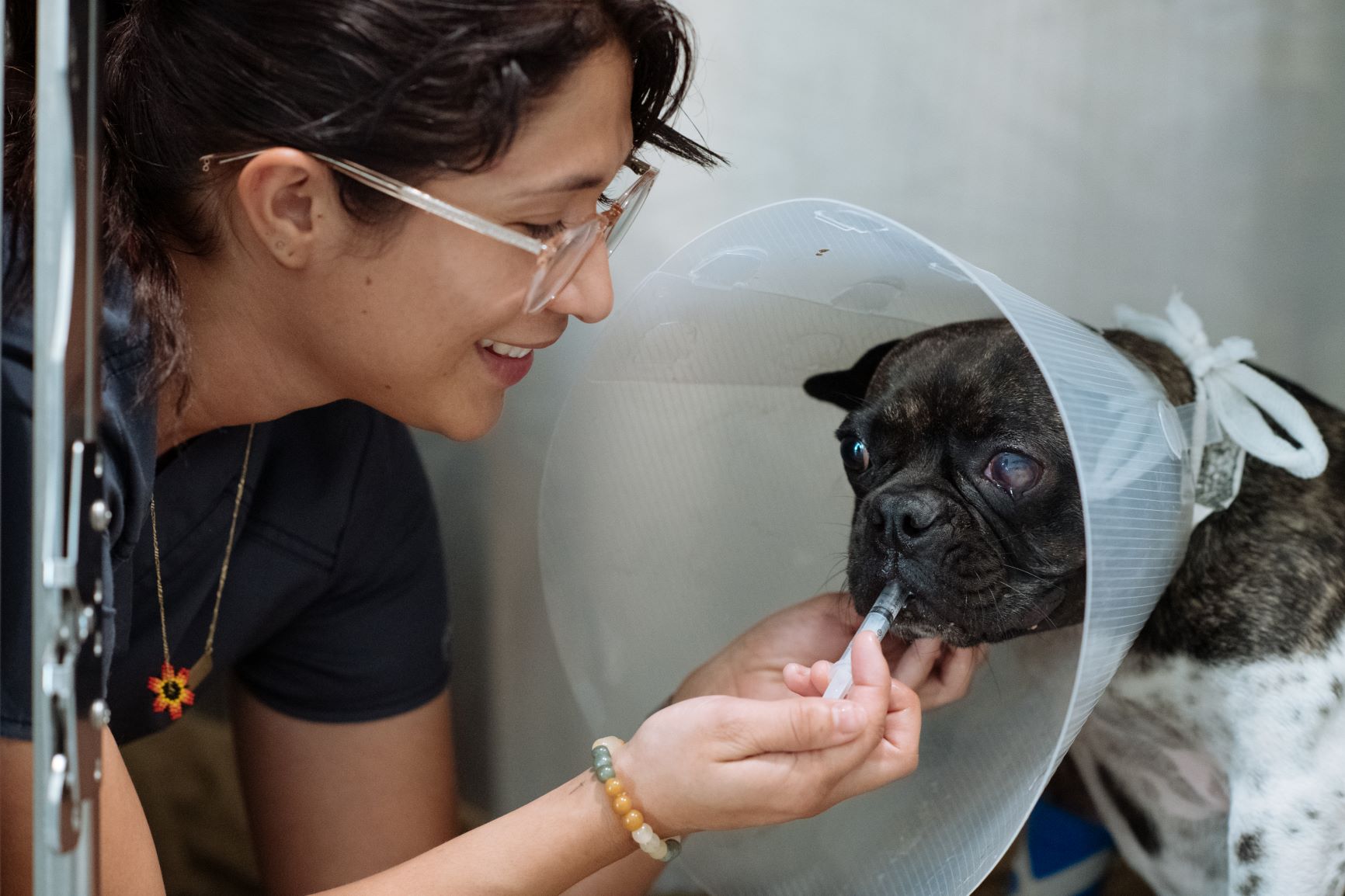
Neurological Changes or Behaviour Changes
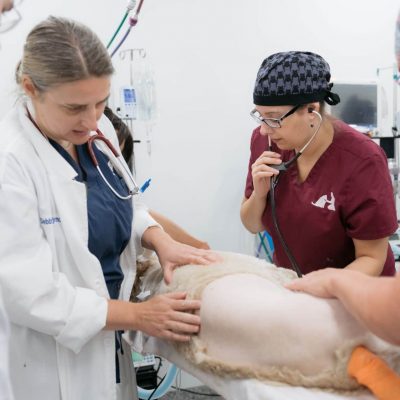
Without a doubt most owners would seek veterinary attention for a seizure; they can be terrifying if you have never seen one and can be a symptom of serious underlying neurological disease such as epilepsy, brain tumours, inflammation of the brain or sometimes a metabolic or systemic diseases. They can also be symptoms of toxin ingestion. Toxins don’t always cause seizures but changes such as agitation, wobbly gait, tremors or listlessness can also be seen. Antifreeze (ethylene glycol) is an example of a toxin that can create relatively subtle changes in behaviour that can be overlooked. The pet may start with vomiting and progress to lethargy, a wobbly gait or stumbling. Early treatment is needed for survival.
Visible changes
Pet owners are usually acutely aware of their pet’s appearance. Red eyes, squinting or cloudy eyes can all be signs of glaucoma (increased pressure within the eye) and rapid treatment is needed to save vision and the eye itself. Abdomens that swell or limbs that swell should be attended to. Loss of fur or licking an area can be signs of itching or pain. Swellings on the body that come up rapidly can be caused by abscesses. Best to have a veterinarian exam any rapid changes you notice in your pet’s appearance.
Remember – for some conditions, early intervention can mean the difference between life and death or at the very least mitigating costs and providing your pet with the best care and comfort. For other diseases, early examination often leads to a diagnosis sooner and may also decrease the overall severity of the disease or discomfort. Emergency veterinarians love to give good news even if it is the form or reassurance that you have nothing to worry about or guidance of what you should watch for. If in doubt – common in. We are here to help.
About The Company
Animal Health Partners Toronto is a new veterinary emergency and specialty hospital modeled after best practices in human medicine. Lead by a team of highly qualified veterinary specialists, Animal Health Partners Toronto Emergency and Specialty Hospital is bringing the world’s best practices of private human healthcare to veterinarian care.
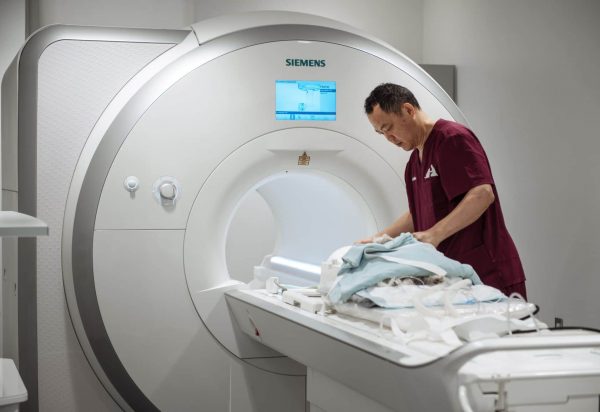
The technical proficiency and medical equipment at Animal Health Partners equals or exceeds that found in sophisticated human hospitals.
Animal Health Partners provides the highest-quality Veterinarian Services in Toronto. Our specialists combine their collective knowledge and skill in the treatment of complex or multifaceted cases. We serve as an extension of your family veterinarian and provide exceptional specialty care by treating our patients as if they were our own pets.
Our Core Values
Quality
At the root of all we do at Animal Health Partners is a commitment to the highest quality of veterinary care. This means that the diagnostic tests we run and the treatments we provide are informed by the best available scientific evidence and implemented by the most highly qualified veterinarians and staff.
Compassion
We understand that the experience of illness and injury can be painful and scary for pets and their owners. We strive to reduce discomfort as much as possible using gentle handling techniques, appropriate pain-management, stress-reducing design features, non-invasive interventions and a continuous emphasis on empathic patient-centered care.
Service
Intrinsic to our goal of providing the highest quality of medicine is providing efficient, courteous, attentive and responsive service to the owners and referring veterinarians that have entrusted us with the care of their pets and patients.
Innovation
Medicine is rapidly evolving. Our technologically advanced institution is equipped to employ and pioneer the most cutting-edge diagnostic and treatment modalities available in veterinary medicine with the goal of improving the quality of care for all patients.
Partnership
High-quality care and optimal patient outcomes rely not on any one individual but on the strength of the connections between many. Ensuring the best possible outcomes for our patients means creating solid partnerships with their owners and referring veterinarians. It also means establishing relationships more broadly with the community, the human medical field and with industry.
